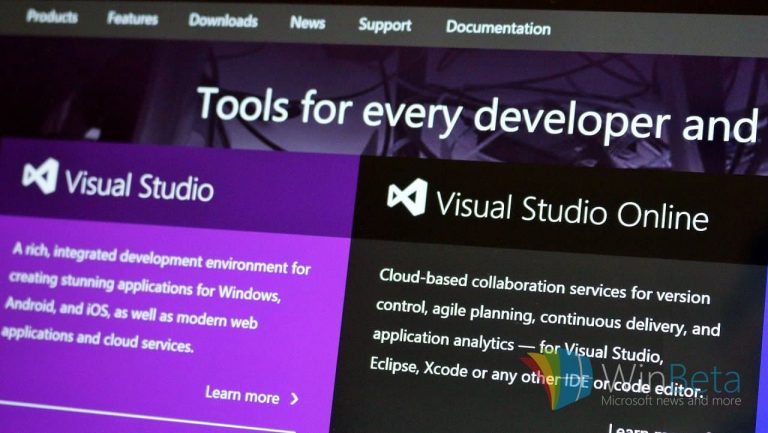While some Windows fans may not like to acknowledge the fact, Windows 10 Mobile really does suffer from an “app gap.” Things are getting better lately, with new Universal Windows apps releasing on a seemingly weekly basis, but some key areas remain without Windows smartphone support (are you listening, Amazon?) and clearly Microsoft itself is taking the issue rather seriously.
One of the company’s more significant projects to increase the number and timeliness of Windows 10 Mobile app releases is Project Islandwood, otherwise known as the Windows Bridge for iOS. Through this set of development tools, iOS developers can port their Objective-C apps straight over to the Universal Windows Platform. The idea is that the easier it is for iOS developers to create Windows 10 apps, the more often and quickly they’ll help flesh out the Windows Store.
To that end, Microsoft has begun producing a series of blog posts introducing iOS developers to the various tools used as part of the Windows Bridge for iOS project. Today, Microsoft issued a more extensive blog post that delves more deeply into using the Visual Studio IDE to port over iOS apps.
Modern IDEs, especially those for app development, are becoming very similar. While each may have its own nuances and intricate IDE features, they will all generally offer the same key functionalities. There will be a way to load projects and solutions, lay out controls visually, work with code, and debug with some level of emulation. As a result, once you learn the basics of one IDE, you’ll find you can pretty easily transfer that knowledge to the others.
It is no different moving between Xcode and Visual Studio. In fact, the team at the One Dev Minute blog on Channel 9 put together an excellent summary video that quickly shows a feature-for-feature comparison when putting together a sample app, though it shows older versions of Visual Studio and Xcode.
Here’s the video referenced above:
The blog post is definitely intended for iOS developers specifically and goes into copious detail on the process of using Visual Studio to port apps using the Windows Bridge for iOS set of tools. If you’re an iOS developer, it’s well worth your time, given that over 200 million people have already adopted Windows 10 on a variety of machines. Maybe you’re not as concerned about the relative dearth of Windows 10 Mobile users, but Windows on the desktop remains an important population of users.
Microsoft provides a wealth of information on developing for Windows. Check out the following lists to get started or to get deeper into the topic.
- Getting Started Developing with Visual Studio
- Personalizing the Visual Studio IDE
- Debugging in Visual Studio
- Tips and Tricks for Visual Studio
- Windows Bridge for iOS
- Win Objective-C GitHub Repository
- Quick Start Tutorial for the Windows Bridge for iOS
- Building a Simple App with the Windows Bridge for iOS
- How to Convert Your iOS App to Windows
We’re excited when we see any new Universal Windows app released for the program. We certainly hope that the Windows Bridge for iOS takes off, because closing the app gap remains a vital step if Windows 10 Mobile is ever to become a viable platform.


